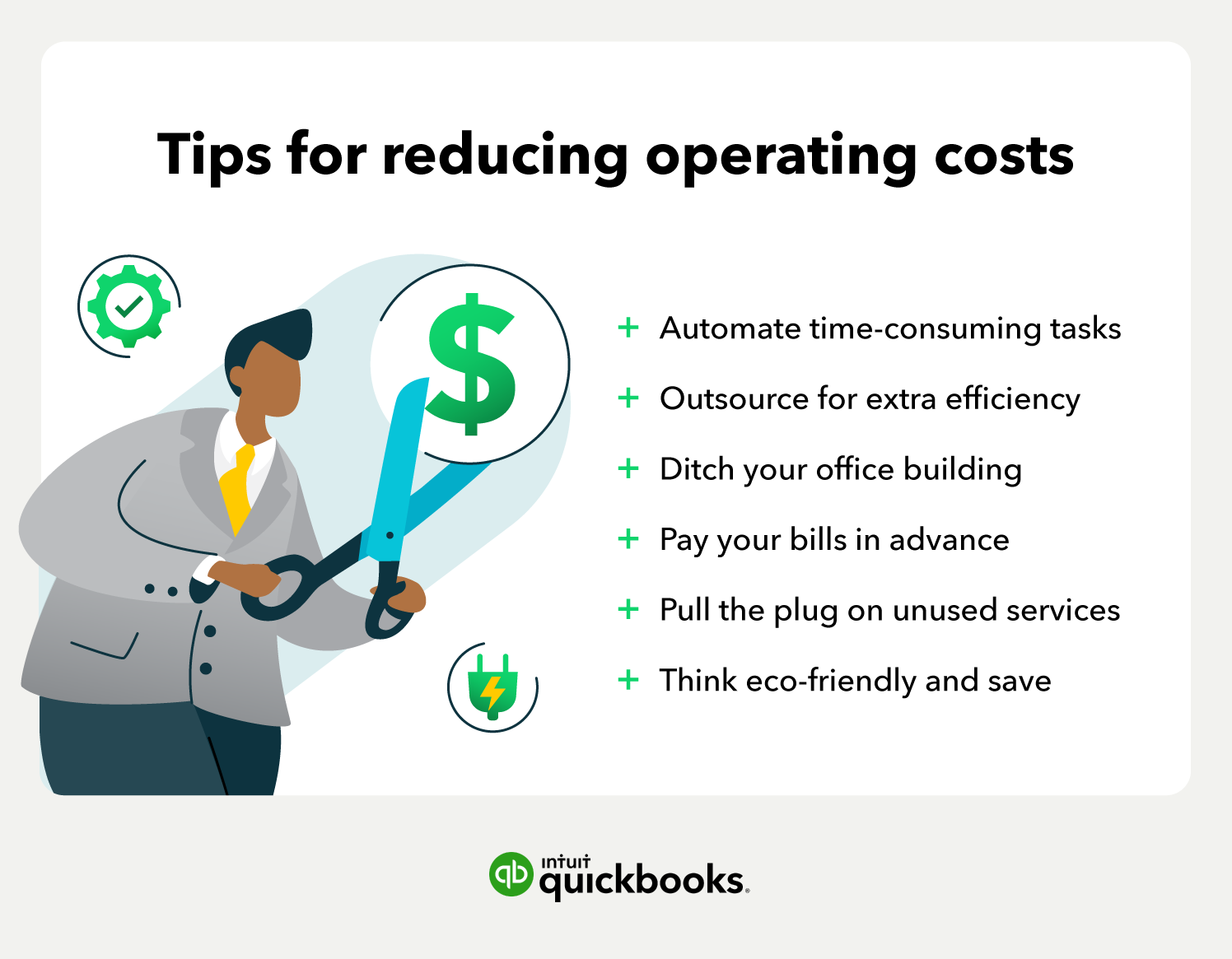8. Put wasteful habits to rest
You should always be looking for ways to make your business more efficient. By tightening up your processes and procedures, you can reduce waste in both materials and time. If you run a bakery, for example, and find yourself throwing out dozens of bagels and donuts every night, adjust your baking process to reduce all of that waste.
- Encourage your employees to point out inefficiencies and suggest solutions to the problem.
- Consider providing an incentive to employees for alerting you to money-wasting practices within your business.
Again, you can consider this an investment in your company. A small reward to an employee could end up saving you thousands of dollars down the line.
9. Pull the plug on unused services
Sometimes a subscription service just isn’t as useful as we thought it would be. Companies make millions of dollars a year with software-as-a-service apps that companies sign up for, but never get around to using.
- Check with your team to see if the services you’re getting a bill for every month are actually being used.
- Consider downgrading to the free version or canceling them altogether if they’re idle and/or no one finds them essential in their work.
It’s easy to lose track of unused services, especially if you’ve set them up for recurring payments via auto-pay on your credit card. If you do find a service that you like but don’t use all of the features, try shopping around to see if there are cheaper alternatives available.
Auditing small recurring costs isn’t a one-time task. It should be done regularly to cut costs and keep your organization lean. Set up a quarterly or biannual reminder to check for unneeded services that you can get rid of.
10. Use free apps whenever possible
Many apps follow the “freemium” model—you can use the base model of the program for free, but you have to pay to get access to additional features. But sometimes, those more sophisticated features never get used, and the company has wasted operational expenses for nothing.
- Example: Gmail is free, but you can pay to increase your storage. There’s no need to buy every employee the paid version of Gmail if you don’t really need it.
Have your team try out the free version of an app and see how well it suits their needs. If it becomes indispensable, there may be plans available that make it more cost effective.
11. Go paperless
Another way to save money is to go paperless. Have you ever walked by the office printer to find 25 copies of a document that someone accidentally printed out and then left behind? Do you really need to print a dozen color copies of the annual report for a meeting where everyone can see the report on a giant screen anyway?
Like typewriters, landlines, and fax machines, the office printer is quickly becoming a relic from a bygone era of business. Business owners still oftentimes ignore printing costs, however, because they consider them unavoidable.
Printing everything from internal documents to catalogs and flyers increases your company’s operating expenses. Encourage employees to print out documents only when absolutely necessary, and if you have to print an expensive glossy catalog, order a batch small enough that there won’t be any sitting in the recycling bin.
12. Think eco-friendly and save
In addition to a paper-free business, there are many other ways to make a positive impact on your budget and the environment. If you have an office space, consider making it as green as possible.
To reduce energy usage, replace regular light bulbs with compact fluorescent lighting, look to lower heating and cooling costs by improving your insulation and windows, and cut back on the amount of physical waste. If you have several workstations that are unused, unplug the devices in it to reduce electricity consumption. Not only will you save on utility costs, you’ll save on your monthly office supply costs as well.
13. Use bartering instead of cash
An often overlooked way to reduce business overhead is to barter. After all, why pay cash for something when you can trade for it? Take a look at the businesses you already work with and see if there’s a product or service you offer that you could trade for.
If you’re already contracted with a carpet cleaning company, ask them if they’d like you to manage their marketing in exchange for monthly cleanings. If there’s a great food truck in your neighborhood and your company prints uniforms, ask the owner if you can print up a set of new uniforms for their staff in exchange for catered lunches.
There are a lot of creative ways you can trade your services to get the things your business needs without having to spend any extra money.
14. Slash your travel budget
Many businesses have already drastically reduced their business travel, and that trend may become more popular in the near future. The widespread adoption of video conferencing has shown that business can be conducted around the globe without ever having to set foot onto an airplane.
Hotel costs, delayed flights, missed connections, along with rescheduling fees can add up quickly, making that in-person sales pitch all the more costly. While you can often write off travel expenses, there are many that you can’t write off.
Take a hard look at your business travel budget and decide which trips need to be done face-to-face and which can be done virtually. Reducing travel lowers your operational expenses and is better for the environment, too.
Take control of your business finances
Are you the type of owner who merely monitors business expenses and income without looking at detailed breakdowns? If so, it’s time to change that. As your business grows, understanding the intricacies of things like your operating costs will become increasingly important.
Operating costs allow you to take an in-depth look at how your expenses impact your profits. QuickBooks small business accounting software makes it easy for you to identify and correct areas of waste in your company so you can improve your financial health. Every dollar you save on operational expenses is a dollar you can reinvest into your business.










